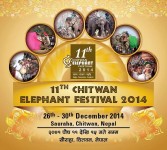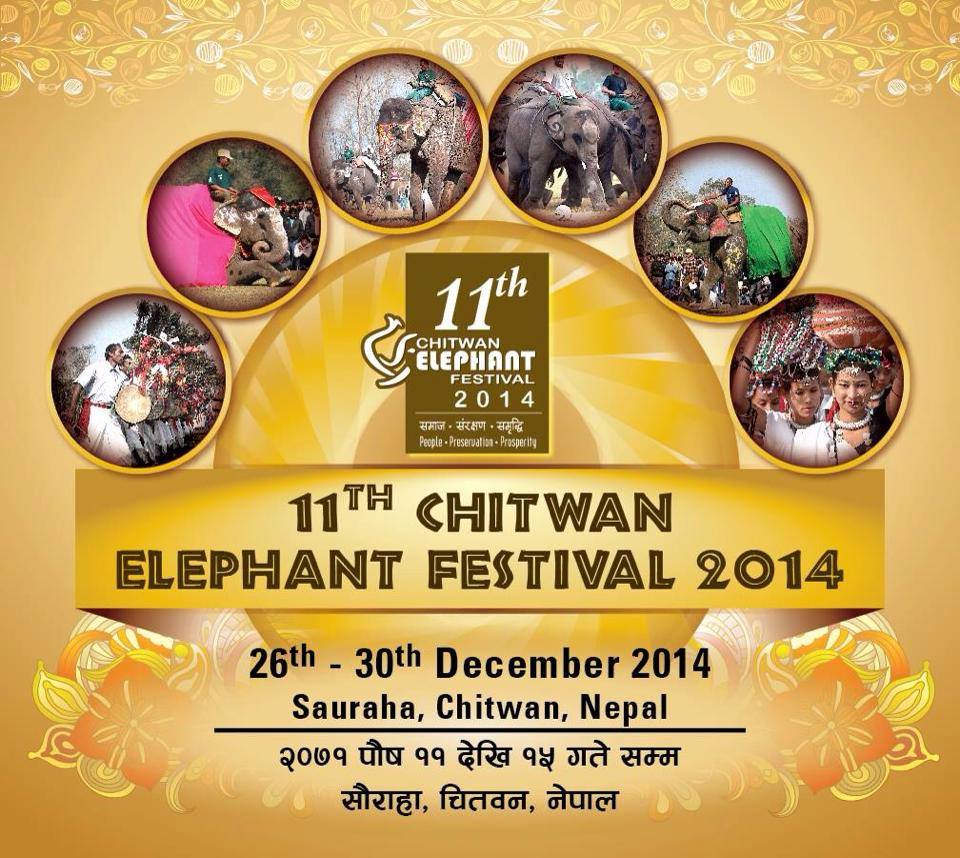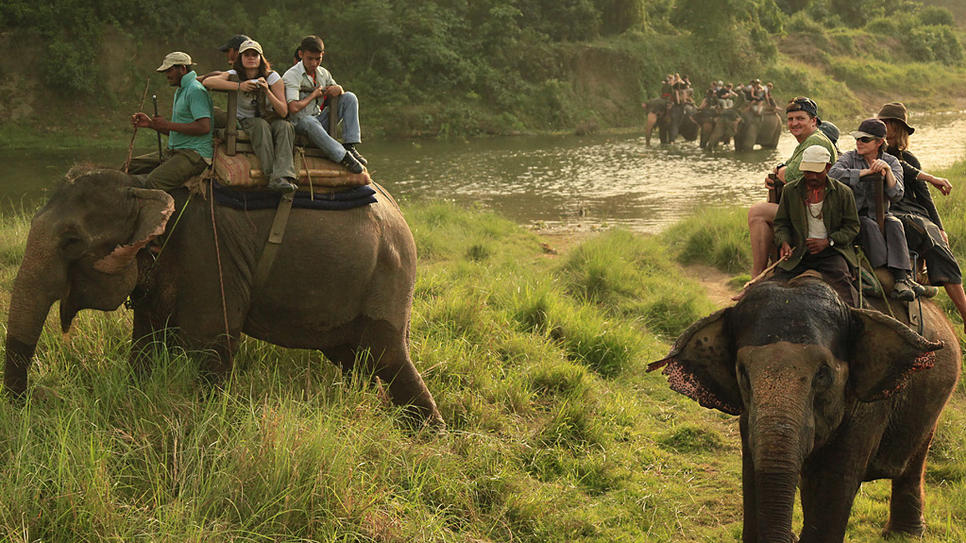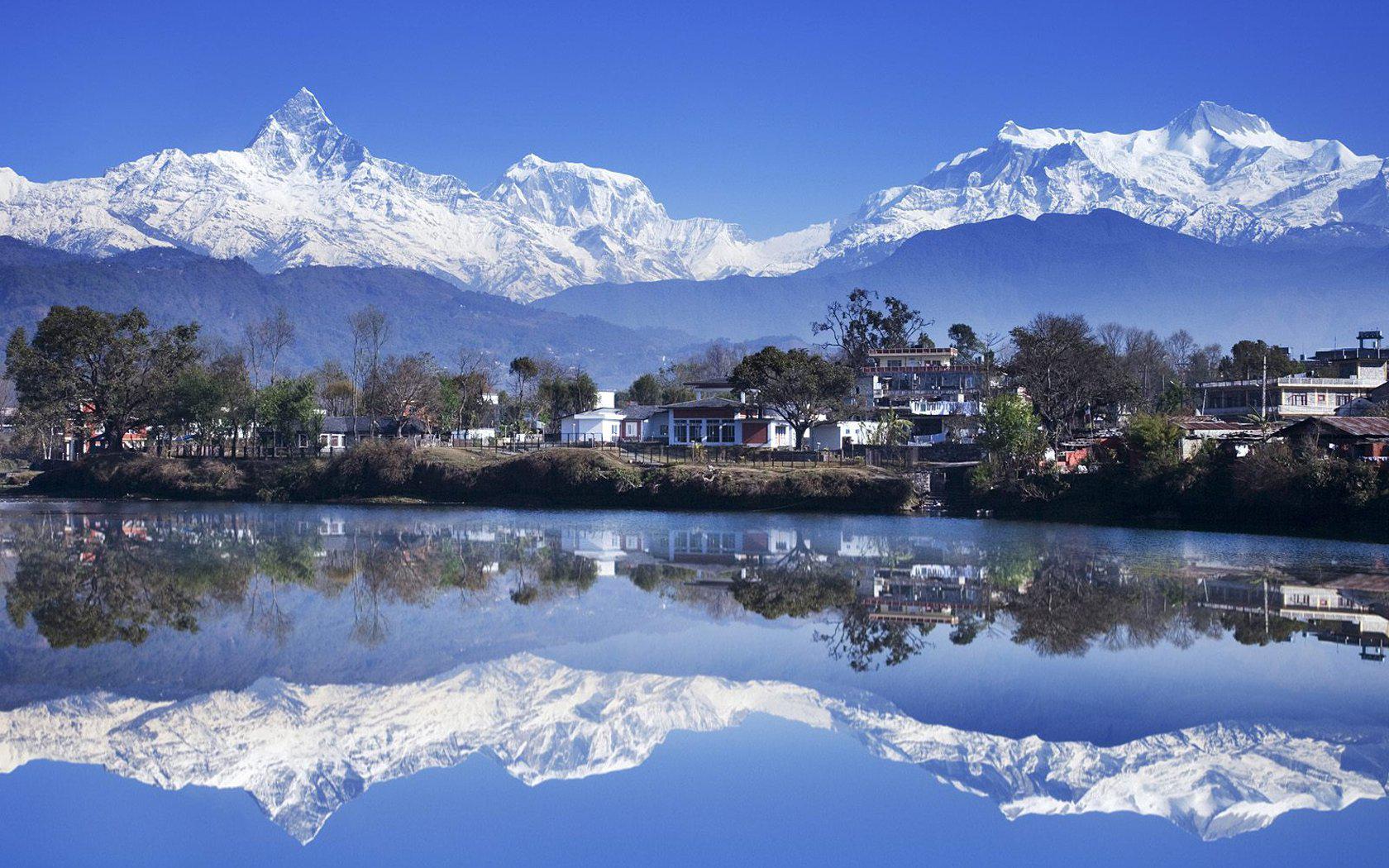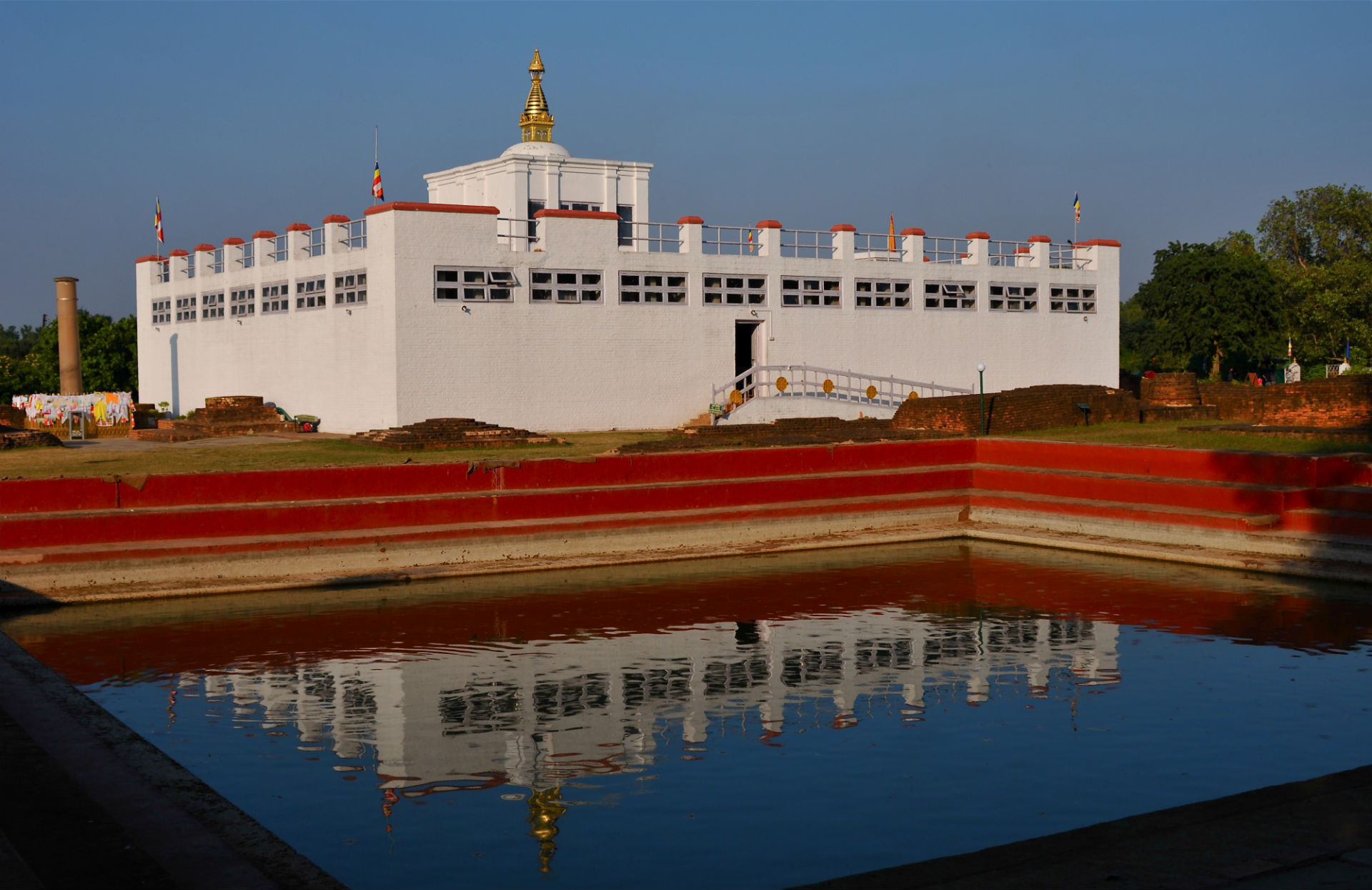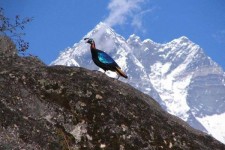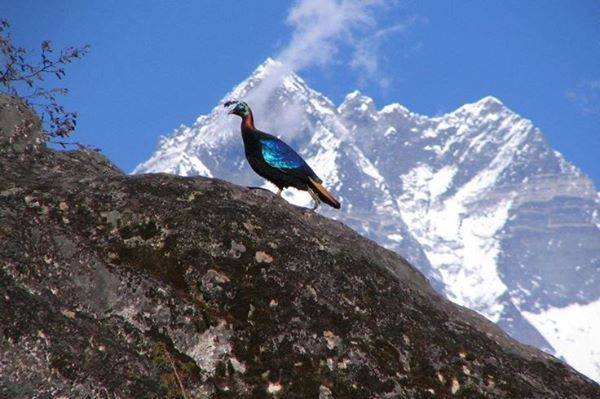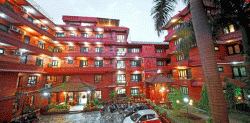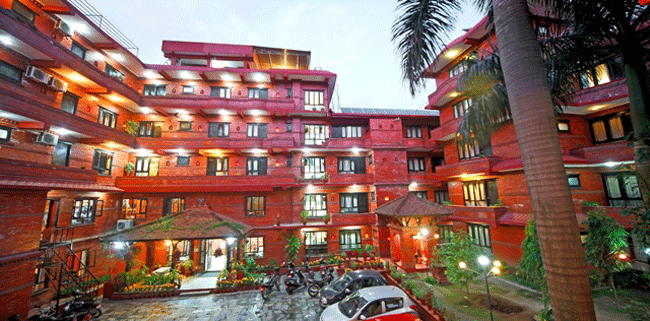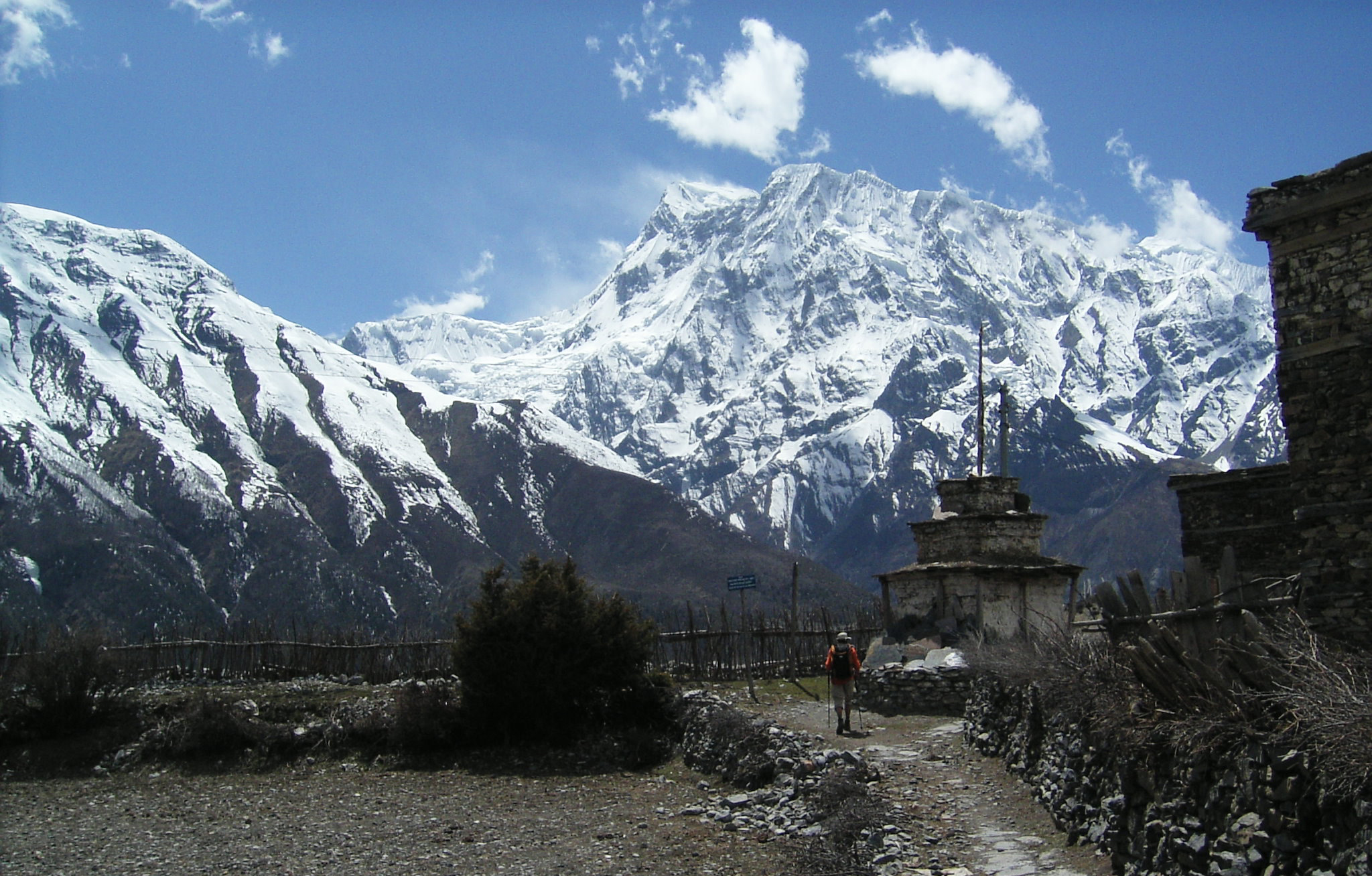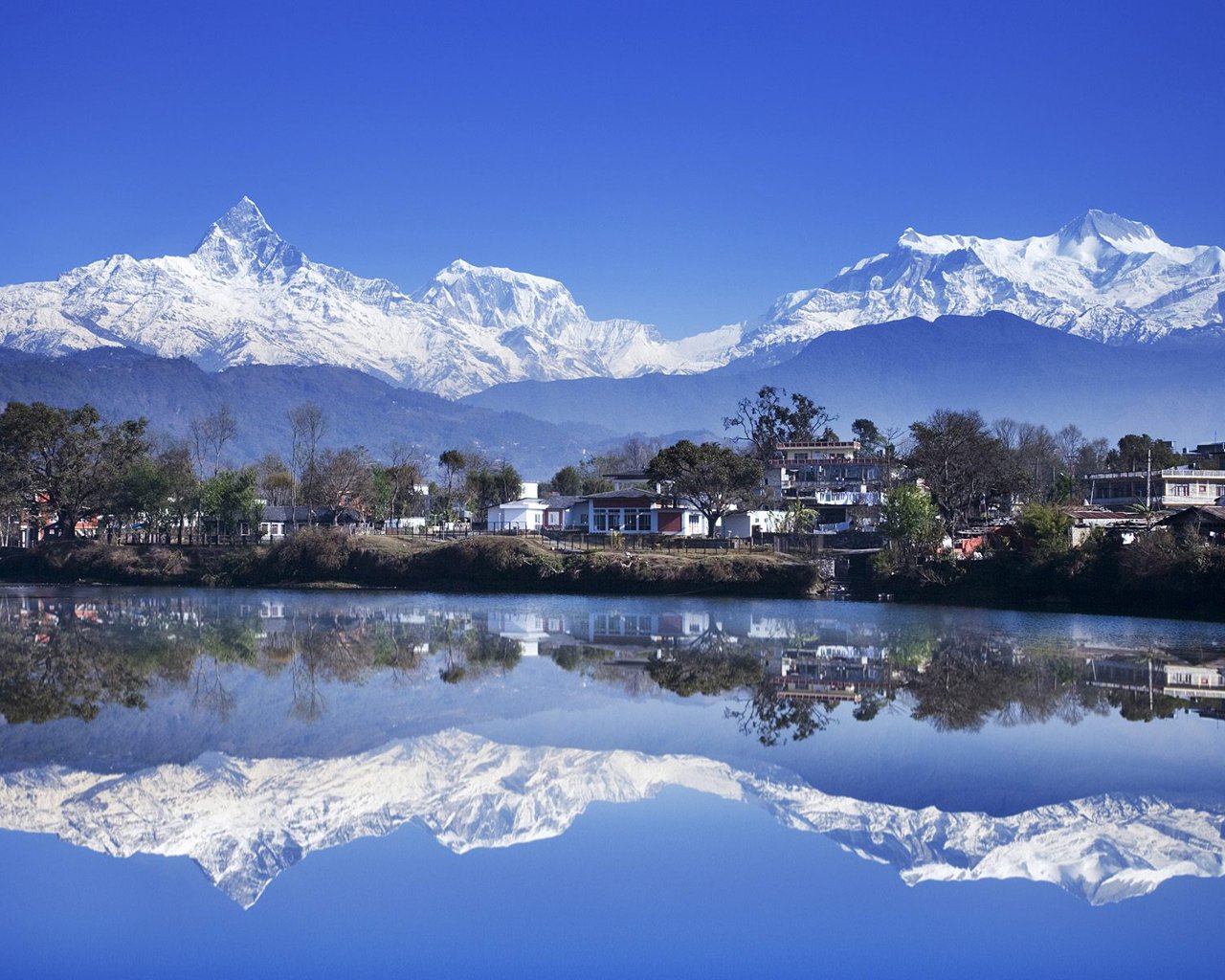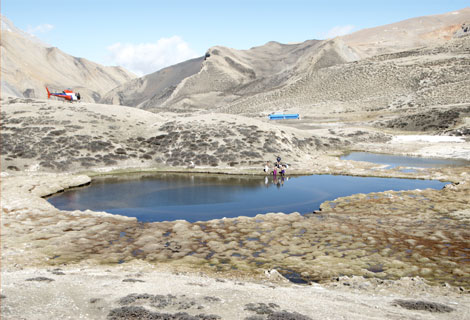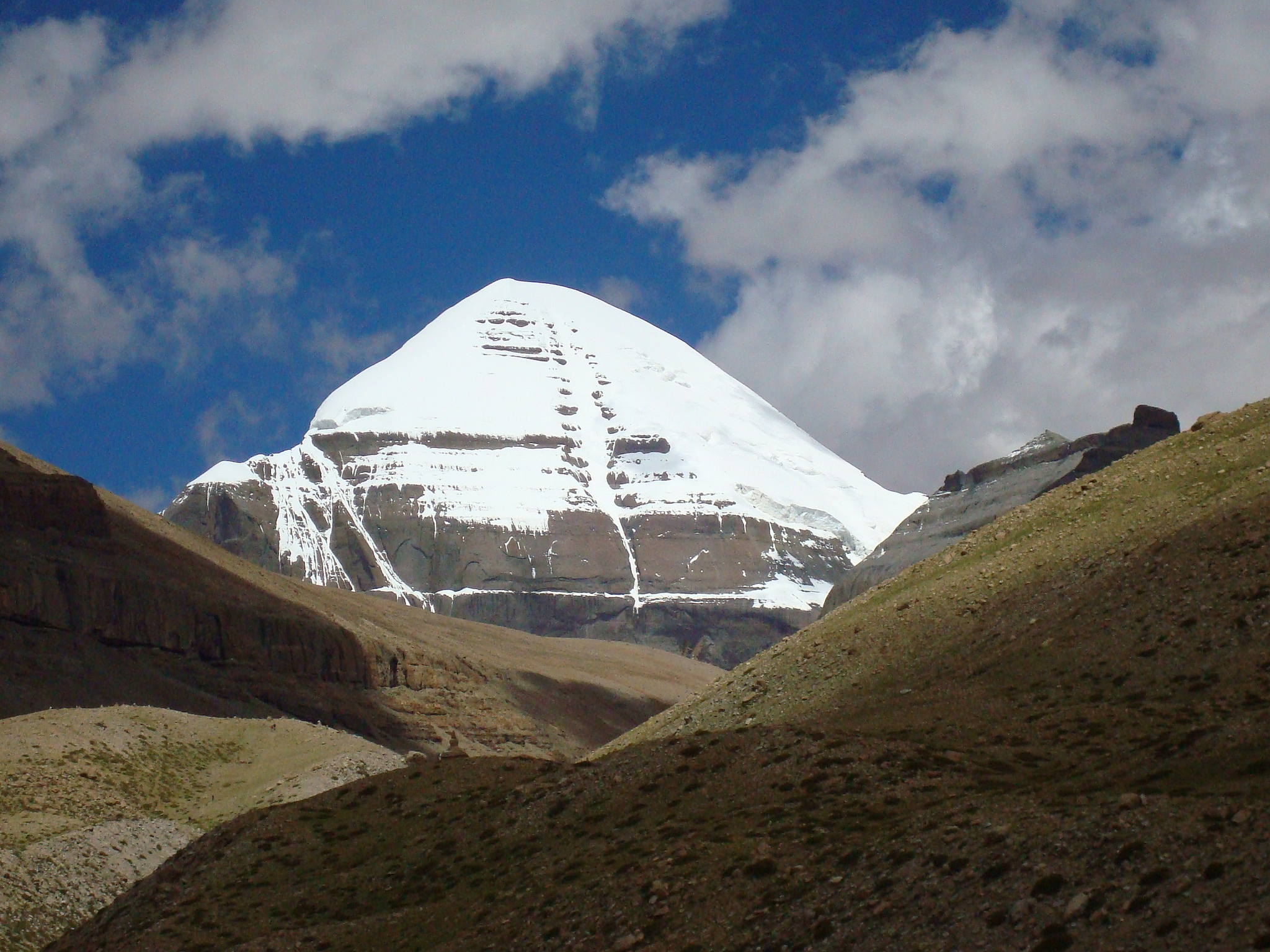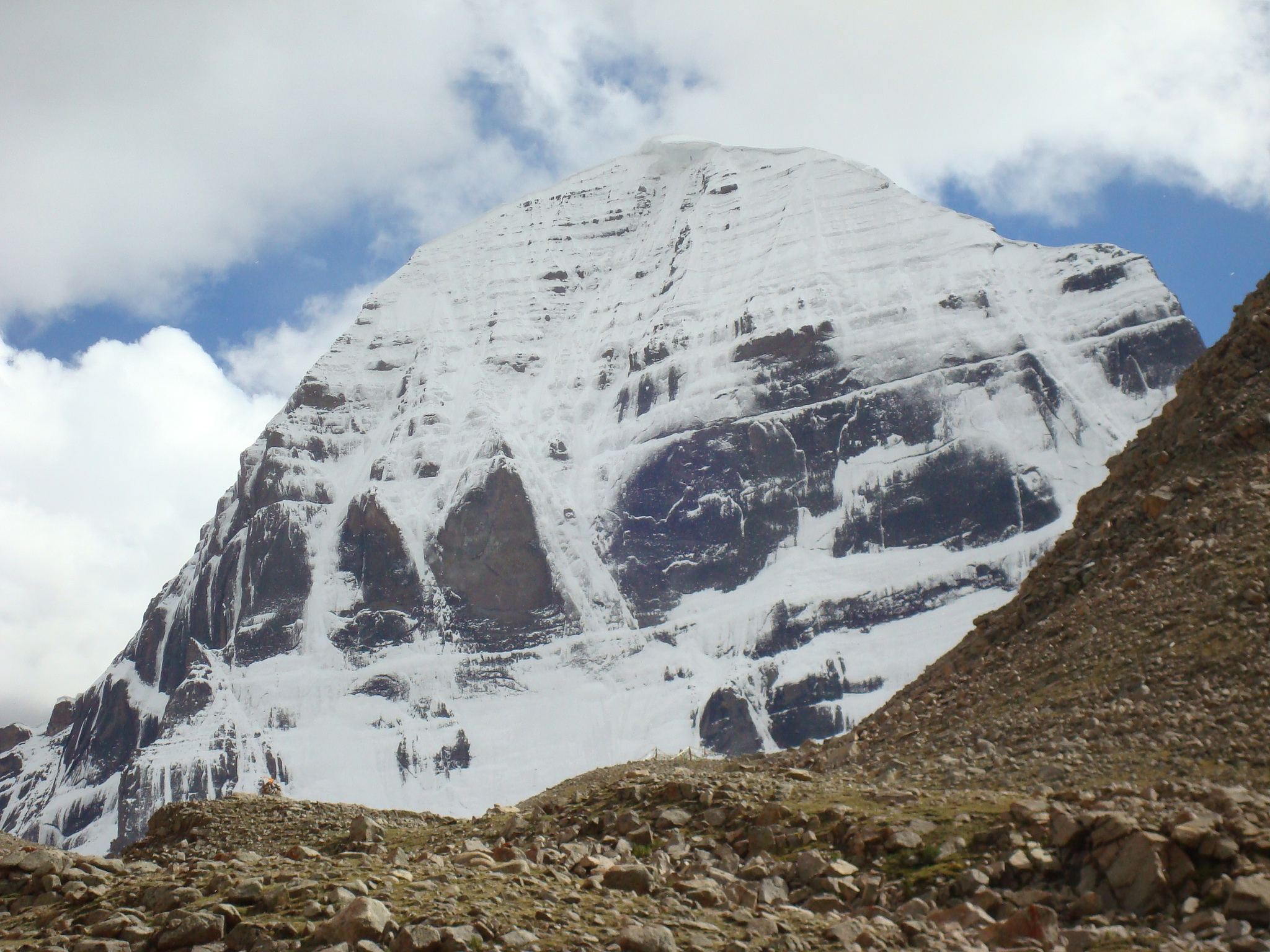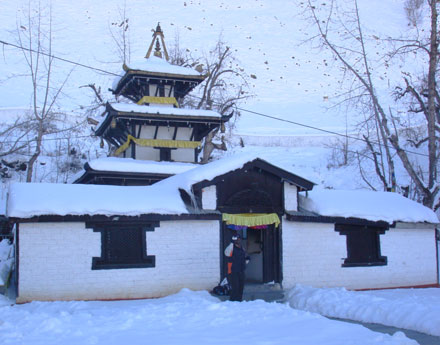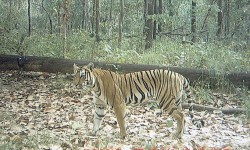
Nepal has accomplished yet another milestone in its efforts to conserve wild animals by meeting a set of international standards considered ideal for the conservation of tigers.
Rich in biodiversity of both flora and fauna, Nepal´s Chitwan National Park (CNP) has received the international recognition for being the best conservation zone for tiger protection. The CNP´s management has excelled under all of the 17 major standards prescribed internationally for creating best grounds for tiger protection.
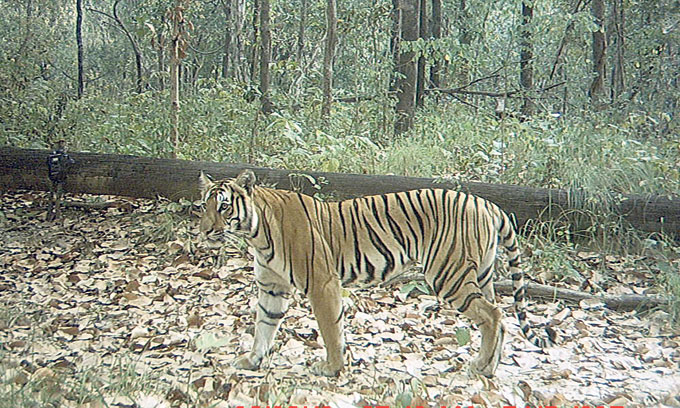
“This is a great achievement for Nepal. Now, recognized for having the best conservation area for big cats, the success truly reflects the combined efforts of the Nepal government, local communities, the Nepal Army and various organizations working hand in hand to create a better shelter for tigers. I hope other countries will take lesson from what Nepal has achieved in the past few years,” said Mike Baltzer of the WWF Alive Initiative.
The recognition to CNP is given by CATS (Conservation Assured Tiger Standards), an international committee devoted to develop and assure best habitation ground for the wild life protection across the globe.
According to Khalid Pasha, manager at CATS, a survey was conducted under major standards like tiger population, the involvement of local communities, overall management of the park and work force, flow of tourist, and management of tiger habitation. CNP has secured impressive points in all these important categories.
“This is a great success for Nepal, a gold standard that marks the well management of CNP when it comes to tiger conservation. This achievement should certainly work as an inspiration for other tiger range countries to meet similar standards and create better homes for these valuable forest animals,” said Pasha.
Nestled at the foothills of Himalaya, CNP is a home for 120 tigers along with 68 species of mammals, 54 species of birds and 126 species of fishes. The park is best known for the protection of One Horned Rhinoceros, Royal Bengal Tiger and Ghariyal Crocodile. Located in the Southern Central Tarai region of Nepal, the park extends to an area of 93,200 hectors of land, spreading in four districts Nawalparasi, Parsa, Chitwan and Makawanpur.
Pasha further shared that the achieved accreditation not only signifies the best wild life management of CNP but it will also help win trusts of bigger donors with intention to donate for wild life conservation.
“Having achieved this certification, Nepal has now earned the respect of other countries and donors abroad,” said Pasha.
Meanwhile, Tika Ram Adhikari, director general at the Department of National Parks and Wildlife Conservation, attributed the success to the teamwork.
“In the coming days, we are planning to introduce this wildlife quality management certification for conservation of various other animals in both Banke National Park and Shukla Phanta Wildlife Reserve. We hope to create safest shelters in Nepal for all types wild animals,” said Adhikari.
Source: myrepublica





